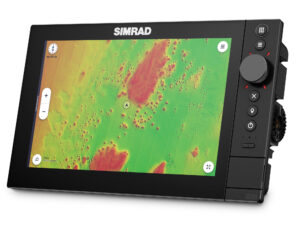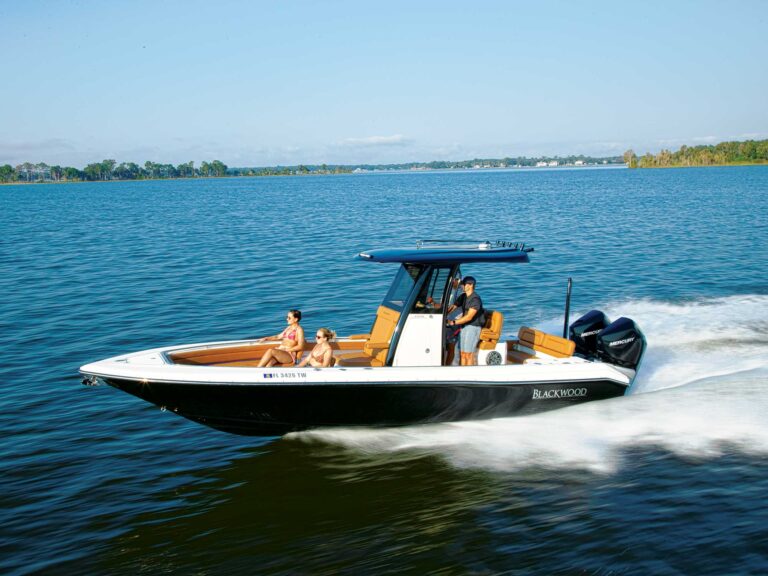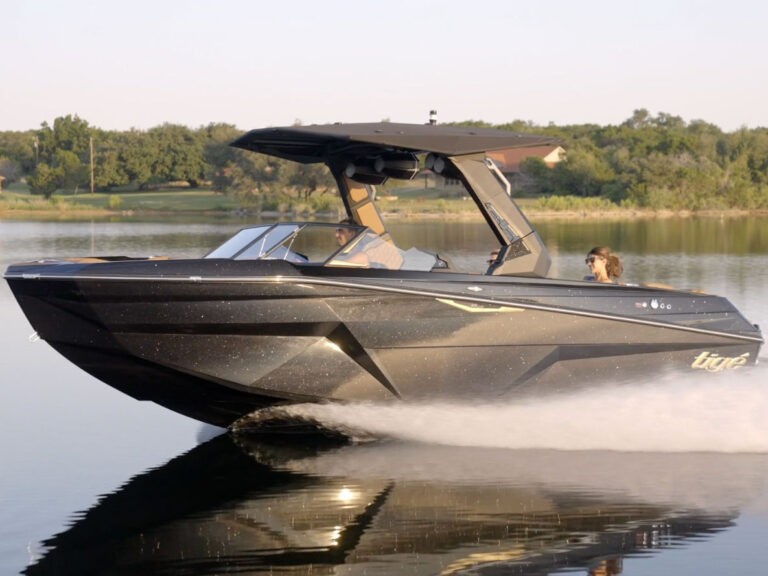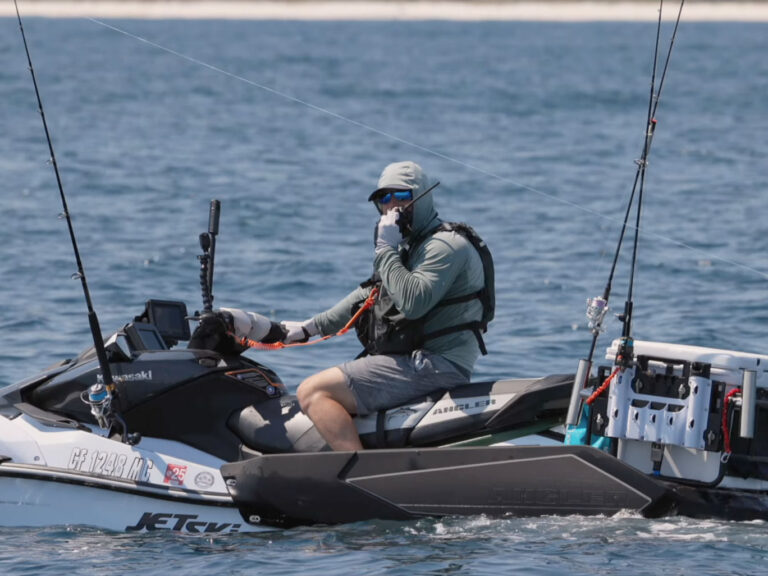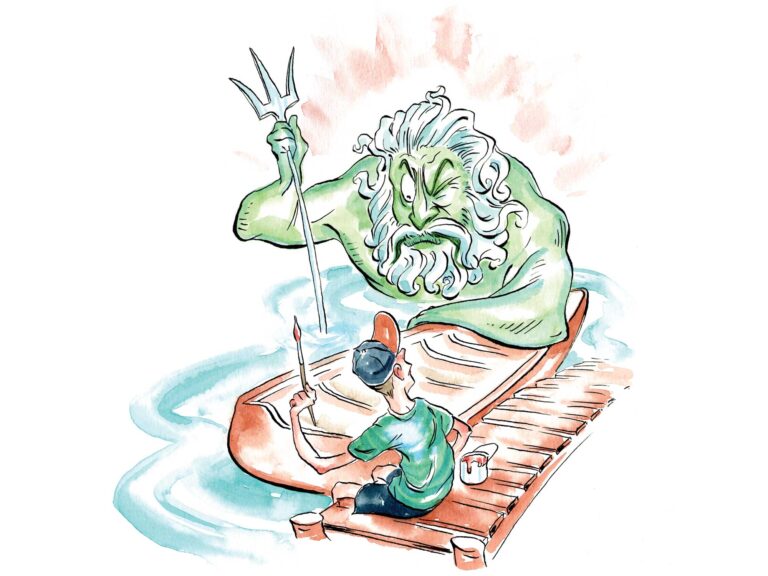Engine oil contamination contributes to many equipment failures. To identify some causes of oil contamination, and some contamination remedies, I visited the shop of my buddy Rob Gina, owner at Boatwrench Inc. of Longwood, Florida.
Fuel
Gina says fuel is the number one engine oil contaminant, more so with older carbureted engines. The fix is to tune the engine: timing, carburetor tuning, distributor cap, plug wires and spark plugs.
Belt
Dust Poorly adjusted belts create dust that permeates the engine compartment, and it gets sucked through the flame arrester or air intake. Keeping the belt pulleys aligned and under proper belt tension will reduce dust in the engine intake.
Rust
Rusty pulleys, which also cut into belt life and cause belt dust, are another culprit. At Boatwrench, Gina sands pulleys smooth and powder-coats them, which keeps belt dust to a minimum while extending belt life. You can refinish or replace your rusty pulleys.
Foam
Glued to the underside of the engine hatch as a sound-deadening material, foam deteriorates over time and finds its way into the engine, again via the intake. Foam that is visibly degrading or crumbly to the touch dictates removal and replacement.
Sticky Exhaust Valves
An unclosed valve may suck water back through the exhaust manifold. Since a sticky valve is usually the result of the engine running too rich and leaving exhaust deposits on the valve seats and stems, regular maintenance is the key to prevention.
Cracks
A cracked block or exhaust or intake manifold may allow water seepage. Improper winterization can cause these cracks. Run the engine with clean oil. If the engine “makes oil” (the oil level rises) and the oil appears milky, water is getting in.
Overheating
Whether caused by a bad water pump or blocked cooling passages from sucking up lake debris, overheating can lead to water leaks, although it usually takes severely higher temperatures to cause cracks in cylinder heads and blocks.
Leaks
While the engine’s running and the boat is underway, even minor water leaks from fittings can let droplets fly into the engine via the flame arrester. So check carefully for water leaks while the engine is running. Tighten clamps and fittings, and replace any hoses as needed.
Quick Tip: Always drain and refill the oil after contaminants are found.


